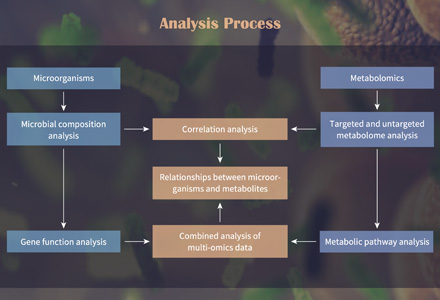Serine Analysis Service
Submit Your InquiryOverview
Serine (Ser) is an amino acid used in protein biosynthesis. It contains an a-amino group, a carboxyl group, and a hydroxymethyl group that is considered as a side chain. It is one of the naturally occurring proteinogenic amino acids that are indispensable for metabolism with its role in the biosynthesis of purines and pyrimidines. In plants, the existence of different pathways of Ser biosynthesis has given its fundamental role in plant metabolism and development, such as the photorespiratory glycolate pathway. Further research is still needed to determine the exact contribution of each Ser metabolism pathway in different plants under different environmental conditions.
 Figure 1. (S)-Serine (left) and (R)-serine (right) in zwitterionic form at neutral pH
Figure 1. (S)-Serine (left) and (R)-serine (right) in zwitterionic form at neutral pH
To detect serine in plant cells, certain methods can be used. High-performance liquid chromatography (HPLC) and gas chromatography(GC) can separate serine from other amino acids in the cell, based on its physicochemical properties. Mass spectrometry can then be used to arrange amino acids with different molecular masses in order. Finally, after comparing the molecular mass, the concentration of serine can be accurately determined. In short, serine in plants can be analyzed quickly using our serine analysis platform.
Applications of Serine Analysis
- Assess the growth conditions of plants
- Regulate the metabolism in plant cells
- Reduce plant diseases from environmental persecution
- Detect plant life activities
Advantages of Our Serine Analysis Service
- Rich experimental experience in plant serine analysis
- Advanced mass spectrometry related equipment
- Complete after-sales data analysis
- Get results quickly and accurately
- High repeatability and low cost
Service Workflow
After sample harvesting and preparation, the first crucial steps in metabolomics, our analysis platform equipped with GC-MS and LC-MS can provide a deep understanding of metabolic regulation occurring in plant cells. Once the samples have been analyzed, automatic data processing tools are required for peak picking and mass peak alignment.
 Figure 2. Serine analysis service workflow.
Figure 2. Serine analysis service workflow.
Quantification methods: external reference method or isotope-labeled internal standard method
Mode: MRM, capable of simultaneously detecting more than 1000 MRM ion pairs
Precision: ≤10-9 g
Positive/Negative polarity switching time: ≤20 ms, allowing for the acquisition of Q1/Q3 MRM transition mass spectra in both ionization modes from a single LC-MS/MS run.
Analysis content:
- Standard curve creation
- Raw data preprocessing
- Absolute quantification of serine
- Differential metabolites screening
- Optimal analyses such as KEGG pathway analysis and hierarchical clustering
Sample Requirements
1. Fresh plant tissues from leaf, flower, stem, root, or fruit: >1 g. Provide young plant tissues to yield the best results. Samples should be frozen in liquid nitrogen immediately after collection, and then transferred to -80°C for storage.
2. Plant seeds.
At least 3 biological replicates.
Deliverables
- Experimental procedure
- Parameters of liquid chromatography and MS
- Extracted mitochondria and purified protein sample
- Purity analysis report
- MS raw data files and MS data quality checks
- Metabolites quantification data
- Custom analysis report
Our technology platform uses mass spectrometry to detect serine content in plants, and it is fast, efficient, and low-cost. The protocols can be adapted when handling a large number of plant samples. The flexible statistical analysis and bioinformatics analysis will produce reliable data for plant cell analysis.
References
- Ros R, Muñoz-Bertomeu J, Krueger S: Serine in plants: biosynthesis, metabolism, and functions. TRENDS PLANT SCI 2014, 19(9):564-569.
- Igamberdiev AU, Kleczkowski LA: The Glycerate and Phosphorylated Pathways of Serine Synthesis in Plants: The Branches of Plant Glycolysis Linking Carbon and Nitrogen Metabolism. FRONT PLANT SCI 2018, 9.







